Unlocking the Power of Flex Led Technology for Enhanced Energy Efficiency in Modern Lighting
The transition towards energy-efficient lighting solutions has become imperative in modern design, with Flex Led technology emerging as a frontrunner in this evolution. Recent reports from the U.S. Department of Energy indicate that LED lighting can reduce energy consumption by up to 75% compared to traditional incandescent bulbs, making it a game-changer in both residential and commercial applications. Flex Led, with its versatility and adaptability, allows for innovative installations that maximize light output while minimizing energy use. This flexibility not only enhances aesthetic appeal but also contributes to significant cost savings and sustainability goals. Experts highlight that incorporating Flex Led technology can result in an overall lifespan of over 25,000 hours, outperforming conventional lighting solutions dramatically. As cities and businesses aim to meet increasingly stringent energy regulations, understanding and harnessing the capabilities of Flex Led becomes crucial for achieving enhanced energy efficiency in our modern lighting systems.
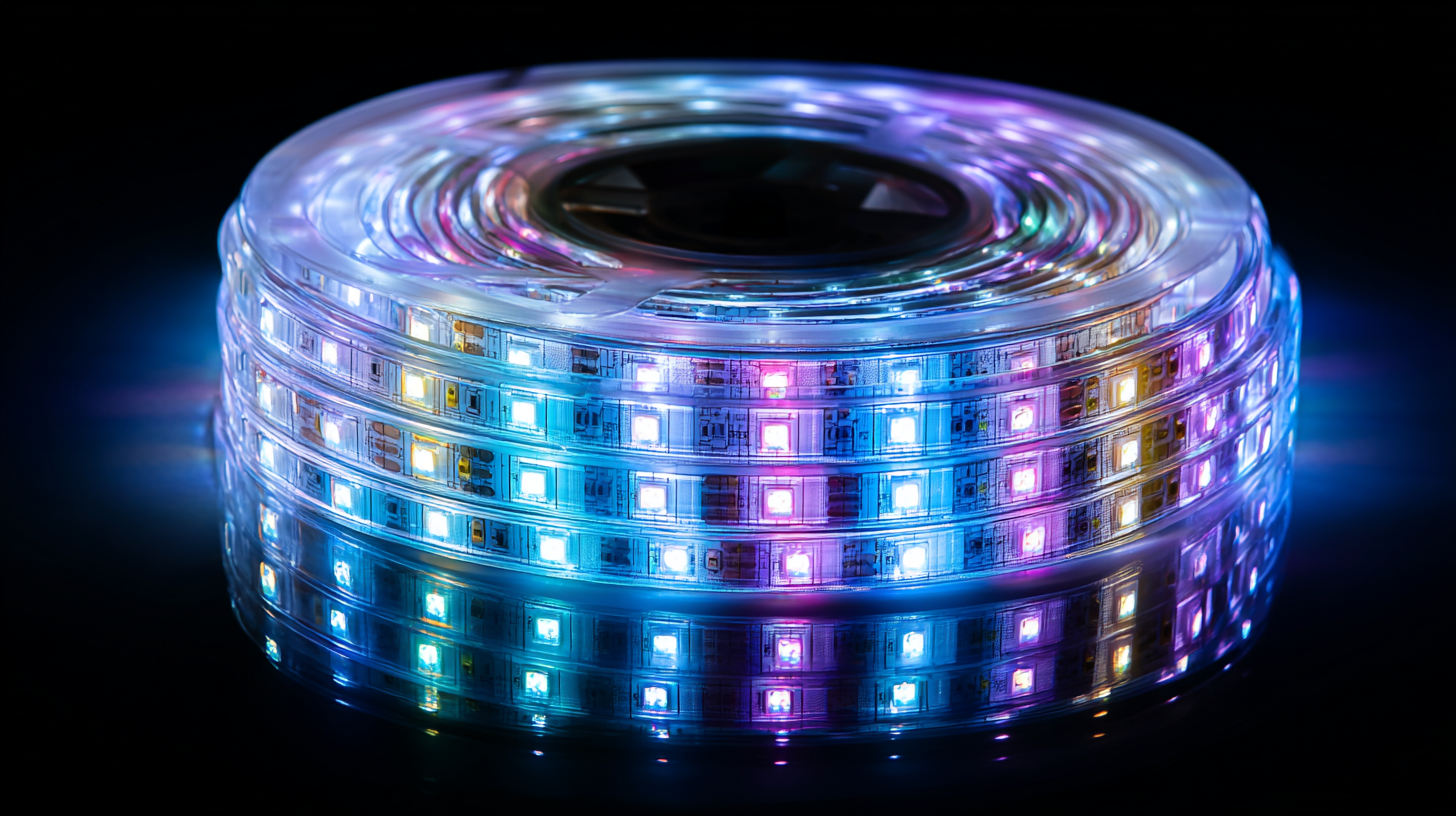
Exploring Flex Led Technology: A New Era in Energy-Efficient Lighting Solutions
Flex LED technology represents a transformative shift in energy-efficient lighting solutions, offering unparalleled versatility and enhanced performance for modern applications. Unlike traditional lighting systems, Flex LEDs allow for flexible designs that can be adapted to fit various spaces, making them ideal for both residential and commercial environments. Their efficiency not only reduces energy consumption but also minimizes environmental impact, aligning with the growing demand for sustainable practices.
**Tips:** When considering Flex LED options, pay attention to the color temperature to suit the ambience of your space. Warmer tones can create a cozy atmosphere, while cooler tones are preferable for workspaces needing bright illumination. Additionally, look for products with adjustable brightness features to customize the lighting based on your needs throughout the day.
As we embrace this new era of lighting, it’s essential to focus on long-term benefits. Flex LED technology boasts longer lifespans compared to traditional bulbs, significantly reducing maintenance costs. Consumers can also benefit from advanced features such as smart controls, allowing for even greater energy savings and tailored lighting experiences. Incorporating these innovative solutions can drastically upgrade the efficiency and aesthetic appeal of any space.
**Tips:** To maximize the benefits of Flex LED technology, consider integrating motion sensors or timers that can further enhance energy savings and convenience. Regularly evaluate your lighting needs and adjust accordingly to ensure optimal performance and efficiency.
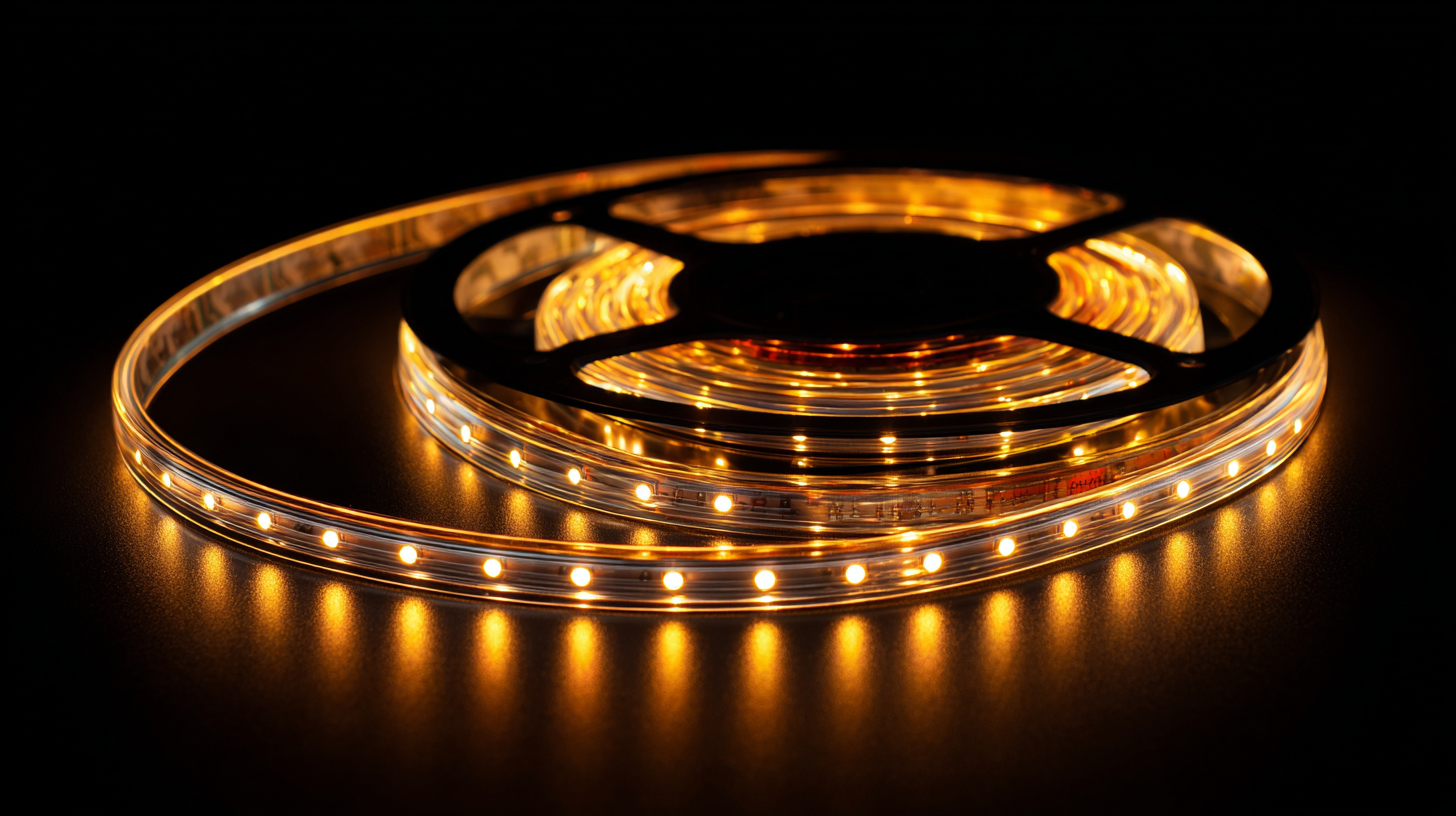
Key Benefits of Flex Led Technology for Sustainable Living Standards
Flex LED technology offers significant advantages for enhancing energy efficiency in modern lighting solutions, contributing to sustainable living standards. One of the primary benefits is its capability to operate in a wide range of ambient temperatures, making it suitable for diverse applications from industrial to residential settings. This versatility allows for optimized lighting that not only meets functional needs but also reduces energy consumption substantially.

Additionally, the customizable nature of Flex LED installations allows for creative lighting designs that can transform environments. With innovations such as app-controlled installations, users can manipulate lighting effects to enhance aesthetic appeal while adhering to energy-saving principles. The focus on flexible and user-friendly designs exemplifies how Flex LED technology aligns with modern demands for sustainable practices, providing both practical and visual benefits that support a greener future.
Innovative Applications of Flex Led Technology in Various Lighting Environments
Flex LED technology has revolutionized the lighting industry by providing innovative solutions that cater to a variety of environments. This adaptable lighting system can be easily bent and shaped, making it ideal for both residential and commercial applications. For instance, in retail settings, Flex LED strips can be installed along shelves or display cases to highlight products, attract customers, and create a captivating shopping experience. Their versatility allows them to seamlessly integrate into different architectural designs, enhancing aesthetics while maintaining functionality.
In outdoor environments, Flex LED technology proves equally beneficial. Landscape lighting can utilize flexible LED installations to illuminate pathways, gardens, and architectural features without the constraints of traditional lighting fixtures. Moreover, in signage and advertising, these LEDs enable eye-catching displays that can be modified to suit seasonal themes or promotions. The energy efficiency of Flex LEDs also contributes to sustainability, making them a preferred choice for those looking to reduce their carbon footprint while achieving vibrant and effective illumination in diverse settings.
Tips for Maximizing Energy Savings with Flex Led Technology in Your Home
Flex LED technology is revolutionizing the way we approach energy efficiency in modern lighting solutions. By utilizing flexible LED strips, homeowners can tailor their lighting to fit specific needs, promoting not only aesthetic appeal but also significant energy savings. According to a report from the U.S. Department of Energy, LED lighting uses at least 75% less energy compared to traditional incandescent bulbs while lasting 25 times longer. This inherent energy efficiency makes flex LED an attractive option for homeowners aiming to reduce utility costs without sacrificing brightness or quality.
To maximize energy savings, consider integrating motion sensors and dimmers with your flex LED setups. Research from the Lighting Research Center indicates that motion control can reduce energy consumption by 30-40%, particularly in rooms that are not frequently occupied. Additionally, using dimming technology allows you to adjust brightness according to natural light availability, further conserving energy. Opt for high-quality flex LED products that boast superior luminosity and longevity, as they provide extended usage life, reducing the need for frequent replacement and ultimately leading to more sustainable energy consumption practices.
Unlocking the Power of Flex Led Technology for Enhanced Energy Efficiency in Modern Lighting
| Dimension | Data |
|---|---|
| Average Lifespan of Flex LED | 50,000 hours |
| Energy Consumption (per 1000 Lumens) | 10 Watts |
| Potential Energy Savings Compared to Incandescent | 75% - 80% |
| CO2 Emissions Reduction (per LED fixture over 10 years) | 1.5 tons |
| Color Temperature Range | 2700K to 6500K |
| Dimming Capability | Yes, from 0% to 100% |
| Brightness Output (Lumens per Meter) | 500 - 1000 Lumens |
| Water Resistance Level | IP65 |
Future Trends in Flex Led Technology and Its Impact on Energy Consumption
The future of Flex LED technology holds significant promise for energy efficiency, particularly as the demand for sustainable lighting solutions continues to grow. According to the latest report from the U.S. Department of Energy, LED lighting can reduce energy consumption for lighting by up to 75% compared to traditional incandescent bulbs. As Flex LED technology advances, its potential to further optimize energy use in various applications becomes increasingly evident. This adaptable lighting solution is designed to minimize waste and maximize illumination efficiency, which is essential in both residential and commercial settings.
Emerging trends indicate that the integration of smart technology with Flex LED systems will further enhance energy efficiency. A study by MarketWatch projects that the global smart lighting market will reach USD 78.8 billion by 2026, driven by advancements in IoT and artificial intelligence. These innovations allow for real-time monitoring and adjustments, ensuring that lighting is used only when and where needed, thus drastically reducing energy consumption. As Flex LED technology continues to evolve, its adaptability and integration with smart systems will position it at the forefront of energy conservation efforts in modern lighting.
Related Posts
-
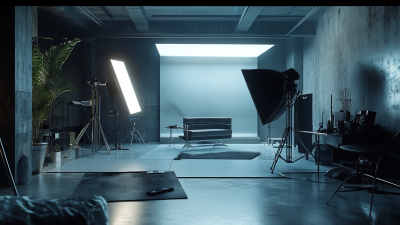
Exploring the Unique Features and Applications of Diverse Lighting Solutions
-

Unlocking the Potential of Led Solutions for Your Business Growth
-
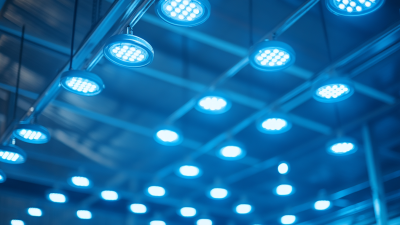
Ultimate Guide to Sourcing Innovative Led Flexible Solutions for Your Business
-
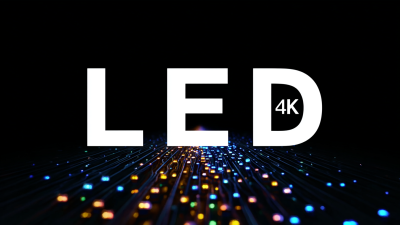
Unleashing Excellence in Custom LED Solutions from Premier Chinese Manufacturers
-
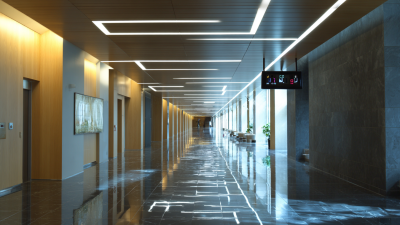
The Future of Energy Efficient Spaces with Best Led Recessed Lighting
-

Understanding Global Manufacturing Standards for Best Led Lighting Solutions
